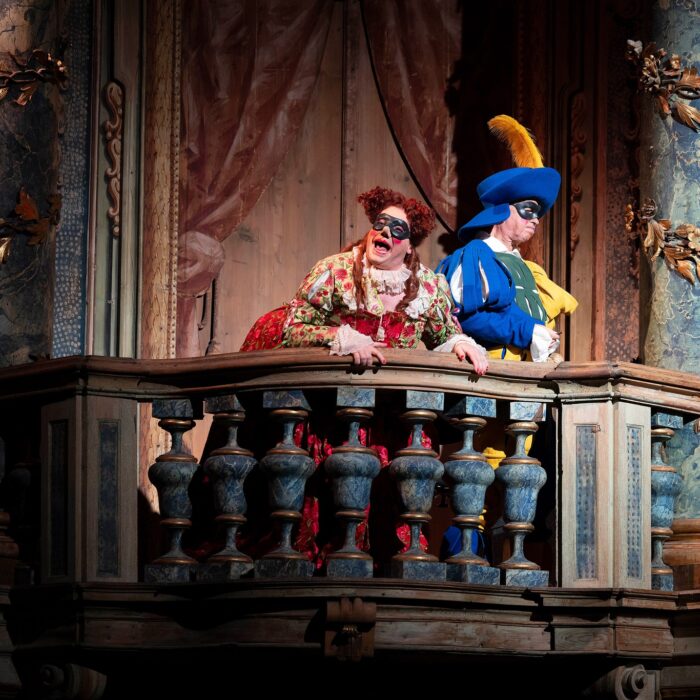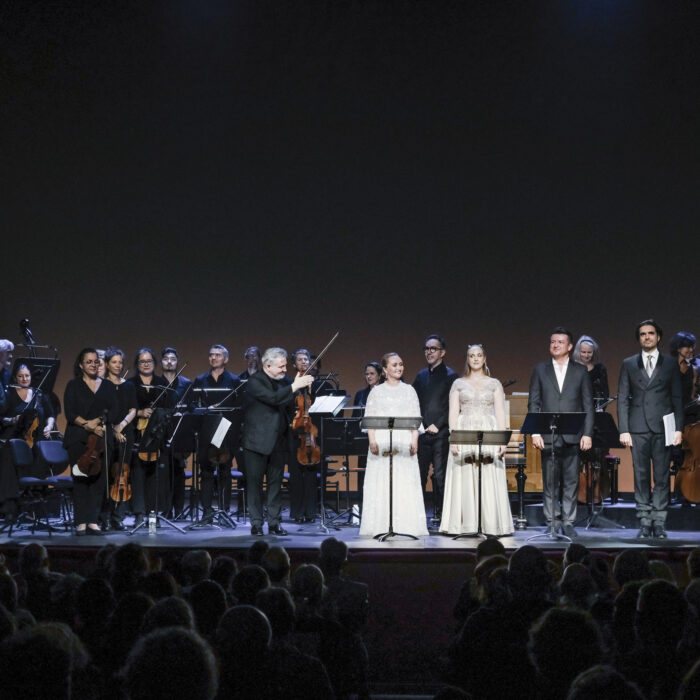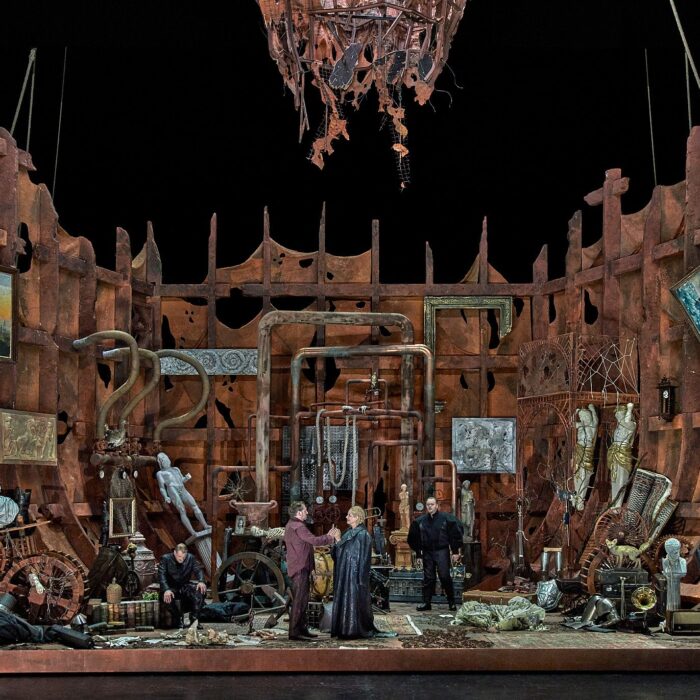
CD Review: Musikfestspiele Potsdam Sanssouci’s ‘Adriano in Siria’
Potsdam 2024 Live Recording Featuring Dorothee Oberlinger / Ensemble 1700, DHM 2025
By Mengguang HuangCarl Heinrich Graun’s “Adriano in Siria”—set to a libretto by Pietro Metastasio—is a compelling example of mid-18th-century opera seria, a genre that once dominated the European stage. First performed in Berlin in 1746, Graun’s setting was one of more than seventy opera settings of Metastasio’s libretto between 1732 and 1828, attesting to its immense popularity. This new live recording from the 2024 Musikfestspiele Potsdam Sanssouci, conducted by Dorothee Oberlinger, marks a significant revival.
The plot, rooted in political allegory and emotional conflict, centers on the Roman emperor Hadrian, who must choose between love and duty amid the tensions of post-war Syria. The drama unfolds within a courtly world where dignity, self-restraint, and moral resolution prevail—a tone strikingly akin to Metastasio’s later libretto for “La clemenza di Tito.” Except for the third-act aria in which Adriano reacts to the moral consequences of his decisions, the opera largely maintains an atmosphere of patrician poise and balance.
Graun’s score reflects both his deep roots in the German sacred tradition and the influence of the Neapolitan operatic idiom, particularly in his use of flowing melodic lines and ornamented vocal writing rich in appoggiaturas and suspensions. His music—perhaps less flamboyant than Hasse’s but more harmonically anchored—helped shape a style that foreshadowed the Empfindsamer Stil later refined by C. P. E. Bach. In Graun’s operatic vision, emotional depth is conveyed not through orchestral excess, but through the expressive capacities of the human voice—placing the virtuosic singer at the heart of the drama.
This philosophy is elegantly realized in Oberlinger’s performance. Her direction of Ensemble 1700 is marked by refinement, clarity, and discipline. The playing is alert, well-balanced, and warmly supportive—a model of how the orchestra can enhance the vocal lines. This approach, far from austere, highlights a central tenet of opera seria: to showcase the expressive power of the singer above all.
The cast assembled here is truly first-class, consisting of today’s finest Baroque specialists. Valer Sabadus brings regal vulnerability and vocal brilliance to the role of Adriano, his luminous countertenor effortlessly navigating Graun’s demanding lines. In the third act, when Adriano reacts to the apparent betrayal of Emirena, does the music briefly surge into expressive turbulence. This contrast is handled with nuance by Valer Sabadus, whose luminous countertenor captures both imperial authority and personal vulnerability.
Roberta Mameli’s Emirena is both dignified and tender, while Bruno de Sá as Farnaspe delivers some of the most technically accomplished singing in the recording. Their duet at the end of Act one is a particular highlight—intimate, emotionally precise, and flawlessly sung. Keri Fuge offers a finely drawn Sabina, noble in tone even when scorned, and Federico Fiorio brings agility and flair to Aquilio’s tricky music. David Tricou, as Osroa, balances righteous fury with vocal clarity, his bright haute-contre cutting cleanly through Graun’s textures.
Notably absent from the CD are the modern Barberina Suite intermezzi composed by Massimiliano Toni, which featured in the 2024 Potsdam stage production and introduced an exotic color palette via oriental instruments and stylized dance. Their omission results in a more musically accurate document of the opera itself.
In sum, this recording offers a compelling case for Graun’s operatic voice—poised between Baroque order and emerging sentimentalism—and confirms “Adriano in Siria” as a work of considerable musical and historical interest. For listeners interested in Graun’s operatic voice—and in opera seria performed with historical insight and interpretive flair—this CD is a valuable and deeply rewarding document.



